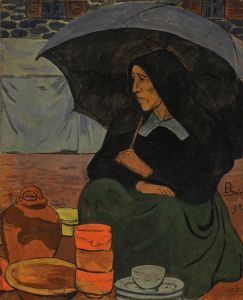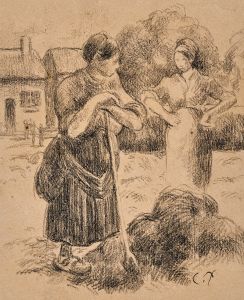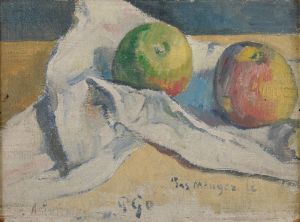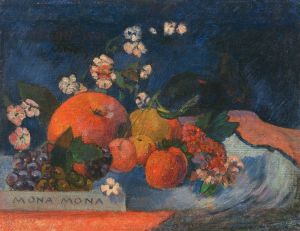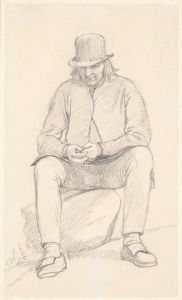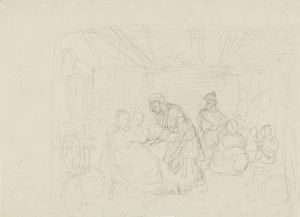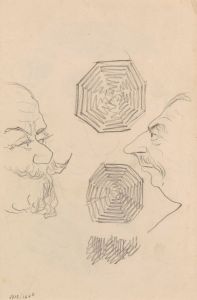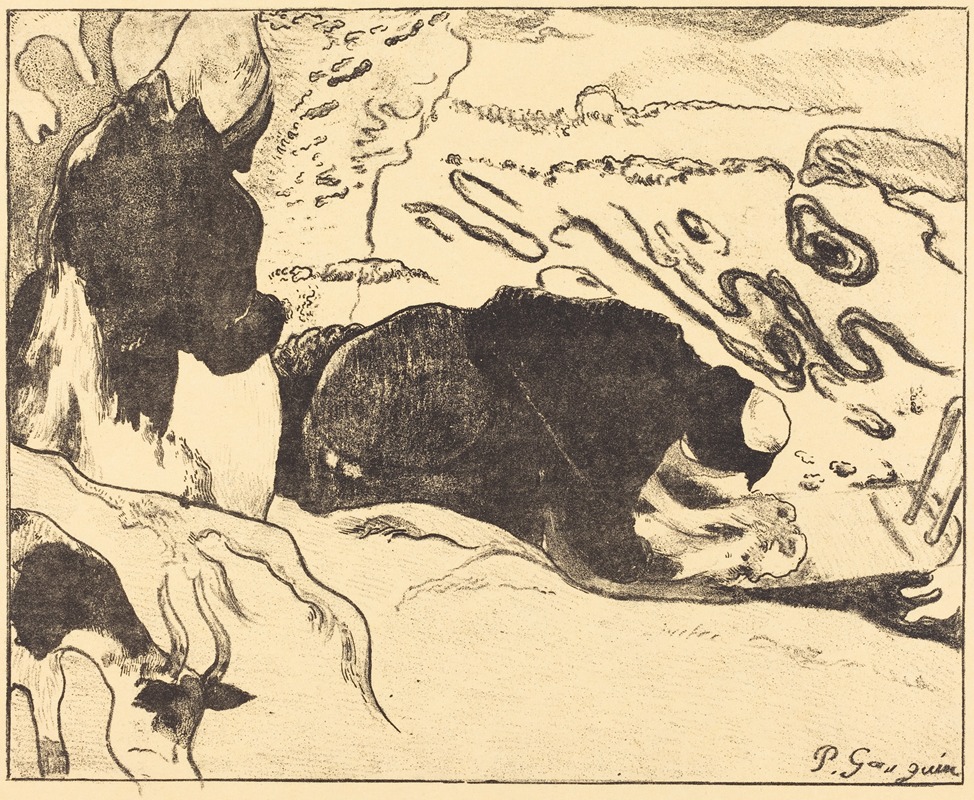
The Washerwomen
A hand-painted replica of Paul Gauguin’s masterpiece The Washerwomen, meticulously crafted by professional artists to capture the true essence of the original. Each piece is created with museum-quality canvas and rare mineral pigments, carefully painted by experienced artists with delicate brushstrokes and rich, layered colors to perfectly recreate the texture of the original artwork. Unlike machine-printed reproductions, this hand-painted version brings the painting to life, infused with the artist’s emotions and skill in every stroke. Whether for personal collection or home decoration, it instantly elevates the artistic atmosphere of any space.
Paul Gauguin's painting "The Washerwomen" is an exemplary work that reflects the artist's unique style and thematic focus during his post-impressionist period. Created in 1888, this painting is part of Gauguin's exploration of rural life and his interest in capturing the essence of everyday activities through vivid colors and bold forms.
Gauguin was a French post-impressionist artist known for his experimental use of color and synthetist style, which emphasized flat planes and the symbolic use of color. "The Washerwomen" is a testament to these techniques, showcasing his departure from the impressionist focus on light and naturalism. Instead, Gauguin sought to convey emotion and meaning through color and composition.
The painting depicts a group of women engaged in the task of washing clothes, a common and essential chore in rural communities. This subject matter aligns with Gauguin's interest in portraying the lives of ordinary people, particularly those in rural settings. The scene is set in Brittany, a region in France where Gauguin spent considerable time and which greatly influenced his work. The Breton landscape and its people became a recurring theme in his paintings during this period.
In "The Washerwomen," Gauguin employs a palette of rich, vibrant colors that are characteristic of his style. The use of bold, flat areas of color helps to simplify the forms and focus the viewer's attention on the composition's overall harmony. This approach is part of Gauguin's synthetist style, which sought to synthesize form and color to express deeper meanings and emotions.
The composition of the painting is carefully structured, with the figures of the women arranged in a way that leads the viewer's eye through the scene. Gauguin's use of perspective is unconventional, as he flattens the space to emphasize the decorative quality of the composition. This technique reflects his interest in Japanese prints and other non-Western art forms, which often employed similar approaches to space and form.
Gauguin's choice to depict washerwomen can also be seen as a reflection of his interest in the simplicity and authenticity of rural life. By focusing on everyday activities, he sought to capture a sense of timelessness and universality. This focus on the mundane yet essential aspects of life is a recurring theme in his work, highlighting his desire to move away from the urban and industrialized world.
"The Washerwomen" is housed in the Musée d'Orsay in Paris, where it is part of a larger collection of Gauguin's works. The painting is an important example of his post-impressionist style and his exploration of color and form. It continues to be studied and admired for its innovative approach and its ability to convey the beauty and dignity of everyday life.
Through "The Washerwomen," Gauguin not only captures a moment in time but also invites viewers to consider the deeper emotional and symbolic meanings behind the scene. The painting remains a significant work in the history of art, illustrating Gauguin's contributions to the development of modern art and his enduring influence on future generations of artists.





